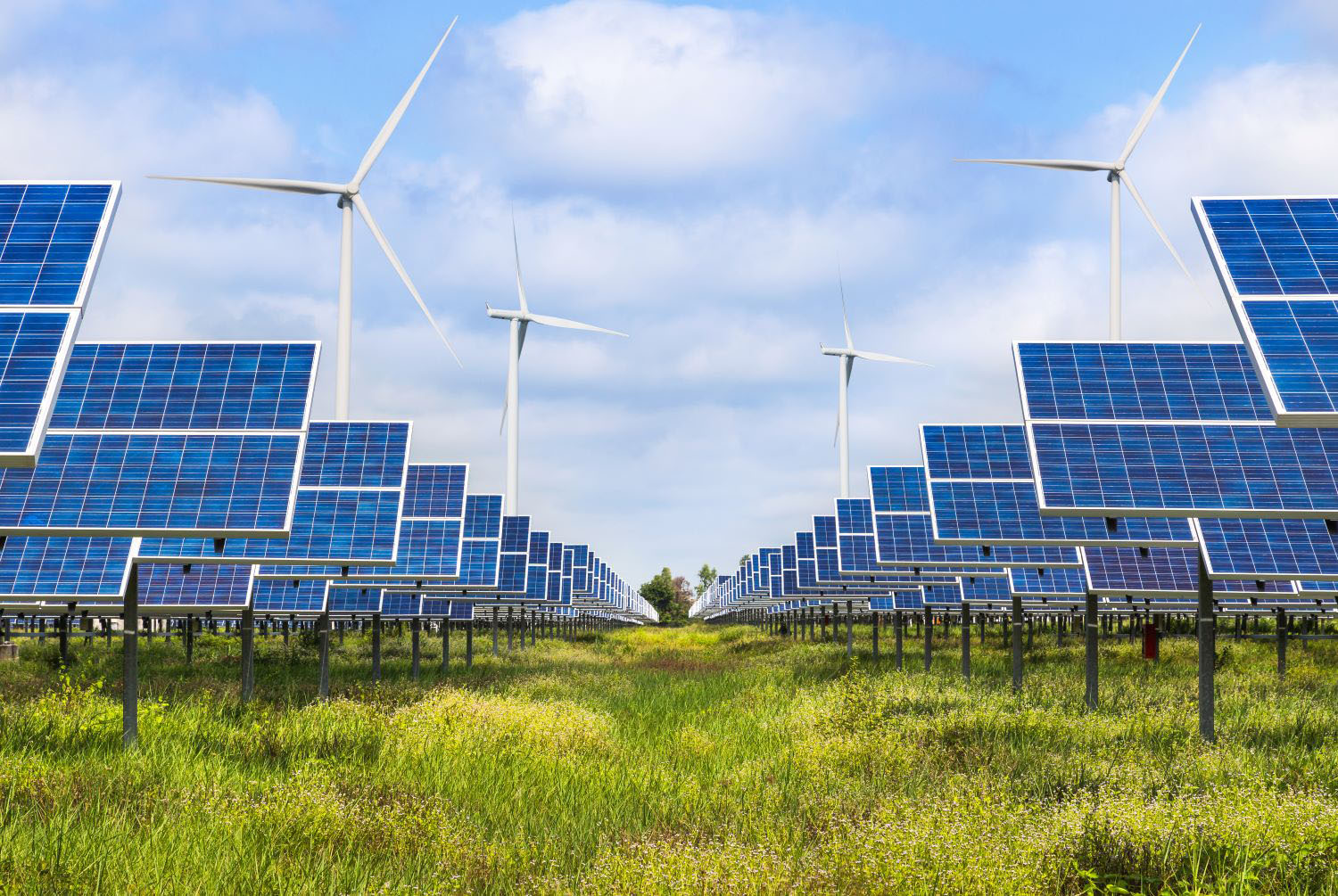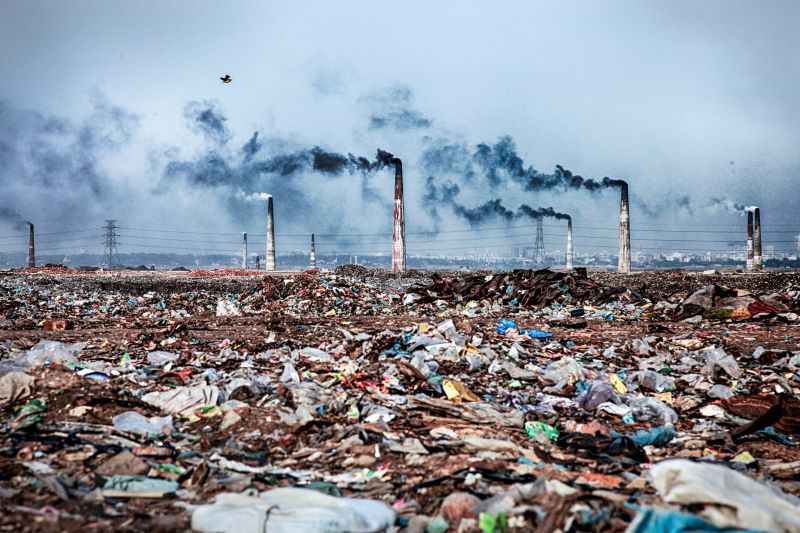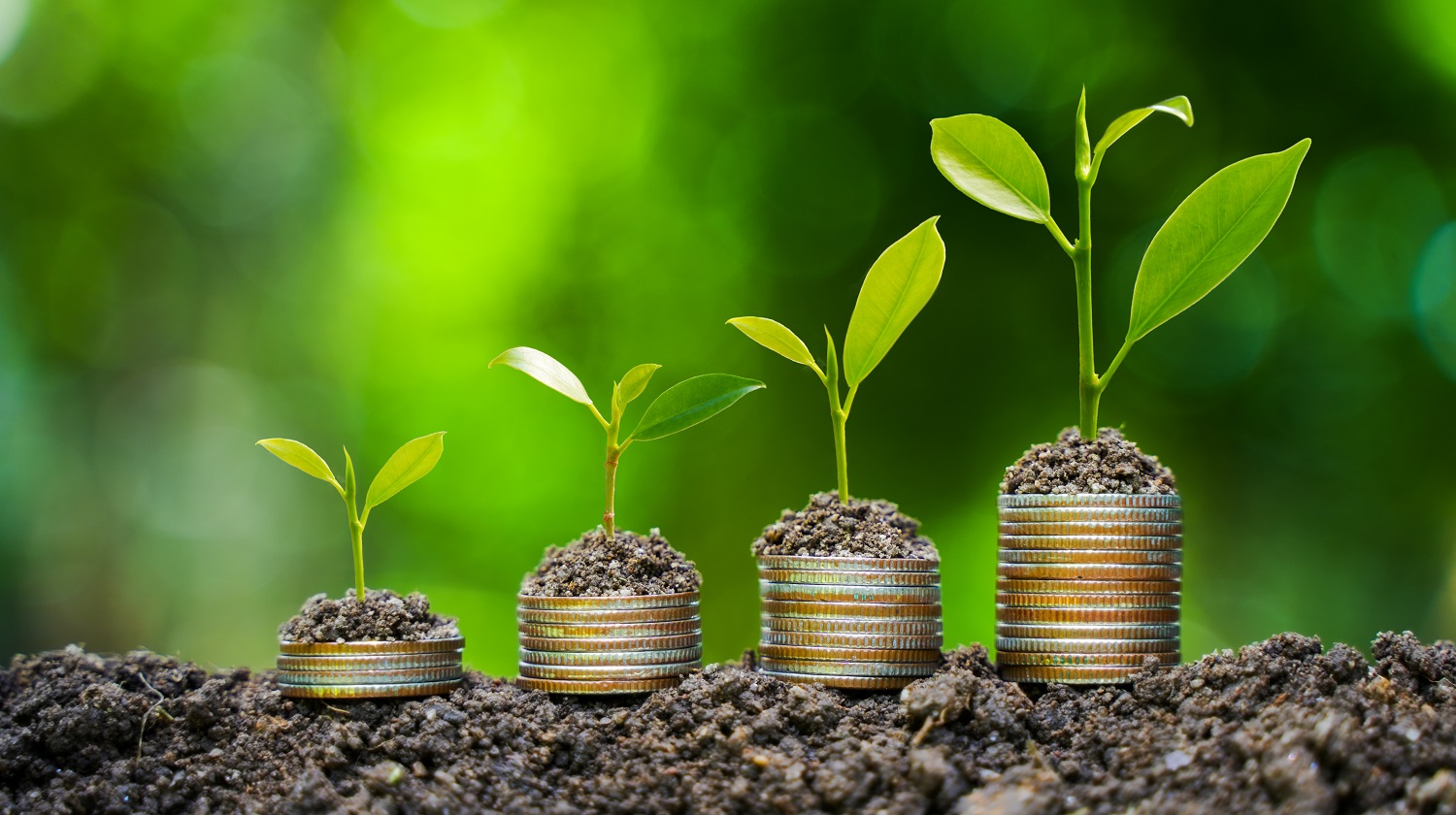Climate change poses extraordinary threats to macroeconomic stability and global prosperity, and since the IMF’s purpose is to foster both objectives, its help in addressing these threats is central to its mandate. While the IMF is focusing on how to adapt its policy advice, a strong case can be made too for launching a new lending instrument: a Green Transition Facility.
A successful green transition to a low-carbon economy will depend on major economic policy changes across the globe. Climate change—both in its direct impact on countries and the policy and investment response to mitigate or adapt to its effects—will force many countries to revise their fiscal and financial policies for the medium term. Hydrocarbon-producing countries will need to reduce the estimates of underlying wealth on which their sustainable spending plans had been based. Changing weather patterns will necessitate structural economic shifts with attendant macroeconomic consequences. Central banks will face difficult policy choices on the extent to which monetary policy should become an instrument for accelerating the transition to a low-carbon future, and financial sector regulators will need to go beyond simply asking for disclosure of corporate and bank assets at risk of climate-induced impairment to dealing with the financial impact of subsequent dislocations. In short, climate change and decarbonization will change the patterns of economic growth and trade, present fiscal challenges for governments, and require a rebuilding of the global financial infrastructure. Actions—or lack of them—to address climate change will also have economic spillovers to other countries. These are precisely the issues that the IMF is mandated to address. In the IMF’s jargon, addressing climate change is macro-critical.
How can the IMF help?
The IMF will need to adapt the whole range of its activities: its surveillance of the global economy and regular consultations with each member country, its technical advice in developing the capacity of finance ministries and central banks, and its financial support to countries through various lending instruments.
The IMF’s advice can be instrumental in advocating and signaling support for economic policies that preserve macroeconomic stability and inclusive growth while mitigating climate change and seizing the opportunities for the green transition. At the same time, to the extent that climate change is not mitigated, its advice will focus on adapting economic policies to cope with the risks of profoundly adverse circumstances. The IMF has a role to play in speaking truth to power, especially to the largest economies that have committed to achieve net-zero carbon emissions by the middle of this century and have the means to achieve this but are held back by the up-front investment cost and political opposition to the transition. All countries, however, have a part to play in taking policy action relevant to their circumstance. The IMF has, for example, advocated much more ambitious carbon pricing as the single most effective lever to shift incentives to consume and invest; and has crafted advice on tax policy to reduce damaging emissions during fossil fuel extraction. Regular IMF consultations provide an opportunity to discuss and make transparent the economic policies consistent with Nationally Determined Contributions to lower greenhouse gas emissions and National Adaptation Plans (NAPs)—both submitted to the UN Framework Convention on Climate Change—as well as those consistent with other international commitments such as on biodiversity. The IMF has appropriately announced new priorities following its recent comprehensive surveillance review, though discussions of green transition policies should become integral to consultations with every country.
Moving beyond advice: the role of a new lending facility
Even though the IMF has a clear role in providing advice, does it need a new lending facility dedicated to the green transition? Many countries will be quite capable of honoring their Paris Agreement commitments by garnering domestic support for the substantial investment required and without recourse to exceptional external financing. What can a new Green Transition Facility achieve that policy discussions and existing lending tools cannot? Equally, how would funding under such a facility complement the substantial funding for climate-focused investments by the multilateral development banks or by private investors? The rationale for IMF financing, and a dedicated instrument in particular, rests on three pillars:
First, the IMF’s advice alone provides insufficient support for some countries. It doesn’t meet the need of those whose actions to mitigate or adapt to climate change would yield domestic and global benefits but increase balance of payments pressures and hinder growth in the absence of assurances of inflows to avert crisis and restructure the economy. The balance of payments problems come on top of other pressures, including those arising from the COVID-19 pandemic, an overhang of external debt in some cases, and longer-term strategies to reduce poverty and achieve rapid economic growth that will involve meeting huge increases in energy demand. These countries, mainly emerging markets and developing countries, will need substantial financing from official sources and, importantly, the signal provided by an IMF-supported policy program to encourage private sector investors who will constitute by far the largest source of new investment for both mitigation and adaptation. Without help to catalyze adequate financing to adapt to climate change and tackle the health consequences of greenhouse gas emissions, many countries will find it increasingly difficult to provide better economic and health outcomes demanded by their growing populations.
Ensuring that countries can access financing matters not just to them but to the rest of the world. The world’s infrastructure investment is set to double in the next two decades and the bulk of this doubling will take place in emerging markets and developing countries. Providing the means and incentive to adopt clean technologies and practices will help deliver on biodiversity as well as emissions goals.
Second, a dedicated Green Transition Facility is preferable to reliance on existing loan instruments because of the distinct natures of the balance of payments need, program policies, and the delineation of responsibilities between the IMF and other institutions. The imbalances triggered by a policy-driven program of economic transformation require fundamentally different analytical and operational treatment than existing IMF-supported programs. A dedicated lending facility with its own norms and expectations would work much more effectively, especially in signaling to domestic and international audiences that the program supported by the IMF is urgent, desirable for the country concerned, and of importance globally.
The IMF has long since expanded its financial support beyond helping resolve short-term balance of payments crises. Addressing the structural nature of balance of payments problems has become explicit in medium-term programs and, in the case of the programs supported by the Poverty Reduction and Growth Trust, the balance of payments need is generated by the policies to tackle poverty and low growth. A Green Transition Facility would go further by addressing the distinct balance of payments need arising from policies to tackle climate change. The impact of the up-front costs of economic restructuring and a shift to cleaner sources of (much more) energy deserves recognition. Each country’s program—designed to balance its own objectives—would have to be compelling, spelling out the economic policies to meet the country’s announced mitigation and adaptation plans, and sufficient to muster financial support from official creditors and private investors. Accessing funding from this facility would be seen as the voluntary pursuit of an important and desirable economic objective rather than a defensive effort to cope with a negative exogenous shock or to correct the imbalances resulting from poor macroeconomic policy.
A dedicated facility would also clarify institutional responsibilities, recognizing the limits of the IMF’s role in this area. For example, the IMF would focus on the economic policies required to implement the Nationally Determined Contributions but rely on judgments from the UN Framework Convention on Climate Change on climate change itself, as well as on mitigation targets and the adequacy of national commitments and the progress in achieving them. The multilateral development banks would continue to have responsibility for helping countries restructure particular sectors, and official and private creditors for dealing with requests for debt restructuring, against the backdrop of an IMF-supported program. History has shown that the IMF works best when its responsibilities are clear and when the world’s policymakers know what to expect from it. It will need to coordinate closely with the World Bank and other agencies so that the global community can leverage its expertise efficiently, and with appropriate accountability.
Third, a distinct Green Transition Facility would signal that the IMF recognizes that climate change is the global challenge of our time and is fully committed to its part in addressing the macroeconomic consequences of transition to a low carbon future.
One of the IMF’s virtues is that at pivotal moments it has adapted its activities in support of an evolving understanding of its core mission of promoting macroeconomic and financial stability. After the fall of the Berlin Wall, it helped transform the countries of the former Soviet Union into market economies with an innovative financing instrument, international coordination and policy advice. And when a global consensus emerged that macroeconomic stability for low-income countries would be illusory without a program to accelerate growth and reduce widespread poverty, the IMF created the Poverty Reduction and Growth Facility in the late 1990’s to support these members in pursuit of this broader agenda.
Now is another a pivotal moment. The world acknowledges that the recovery from COVID-19 must address the even more existential threat of climate change and the havoc it could wreak on rich and poor countries alike. A Green Transition Facility could make the necessary urgent action more feasible and overcome some of the hesitation from potential borrowers who worry about the stigma associated with regular IMF programs. It would support countries embarking upon a desirable transformation that would also generate local benefits in the form of cleaner air and better health, an immediate concern of millions.
Setting up a new lending facility should not be undertaken lightly and there are many technical design issues, including lending amounts and terms, links with other IMF programs, and sources of financing (whether existing resources or new trust funds), that will need to be worked out. There will also be a need to ensure that any facility set up in the IMF complements the work done by the World Bank and other international financial institutions. However, now is the time for the IMF and its shareholders to engage in this discussion with a view to reaching consensus on the way forward and enabling the IMF to play its full part in the global response to the challenges posed by climate change and the opportunities presented by a green transition.
The author is grateful to Masood Ahmed, Mark Plant, and Hannah Brown for helpful comments. All errors are the author’s alone.
Disclaimer
CGD blog posts reflect the views of the authors, drawing on prior research and experience in their areas of expertise. CGD is a nonpartisan, independent organization and does not take institutional positions.





